Red Waechtersbach German Nesting Bowl, Purchased at Williams Sonoma c. 2009: 40,100 ppm Lead & 3,506 ppm Cadmium.
This is an ad-free article.
To make a contribution to help us keep our most widely-read articles ad-free, click here. Thank you.
Published: October 6, 2018
XRF test results for the red Waechtersbach Nesting Bowl purchased at Williams Sonoma – “Made in Germany”, c. 2009 (pictured) are below. Please scroll down.
For those new to this website:
Tamara Rubin is a multiple-Federal-award-winning independent advocate for childhood Lead poisoning prevention and consumer goods safety, and a documentary filmmaker. She is also a mother of Lead-poisoned children (two of her sons were acutely Lead-poisoned in 2005). Since 2009, Tamara has been using XRF technology (a scientific method used by the U.S. Consumer Product Safety Commission) to test consumer goods for toxicants (specifically heavy metals — including Lead, Cadmium, Mercury, Antimony, and Arsenic). All test results reported on this website are science-based, accurate, and replicable. Items are tested multiple times to confirm the test results for each component tested. Tamara’s work was featured in Consumer Reports Magazine in February of 2023 (March 2023 print edition).
To see more pieces by Waechtersbach that I have tested, click here.
When tested with an XRF instrument this bowl had the following readings:
- Lead (Pb): 40,100 +/- 1,300 ppm
- Cadmium (Cd): 3,506 +/- 195 ppm
- Mercury (Hg): Non-Detect / Negative
- Arsenic (As): Non-Detect / Negative
- Barium (Ba): 6,657 +/- 411 ppm
- Chromium (Cr): 1,454 +/- 671 ppm
- Antimony (Sb): Non-Detect / Negative
- Selenium (Se): Non-Detect / Negative
To learn more about XRF testing, click here.
Modern newly manufactured dishware today is not regulated for total lead and cadmium content as detectable with an XRF instrument. Instead modern dishware is usually only regulated to meet leach testing standards at the time of manufacture (depending on the country of origin.)
My concern is for what happens to a highly leaded piece as it deteriorates over time, especially pieces like this that are very high lead and cadmium, but also considered heirloom quality and may be handed down from generation to generation.
To read more about my concern for lead in pottery and dishware, click here.
The only standard that one can compare these XRF test results to (comparing apples to apples) is the regulatory standard for lead in items specifically designed and marketed as intended for use by children. The allowable limit for lead [as detectable with an XRF] in an item intended for use by children (including toys and dishware made expressly for use by children) is 90 ppm lead in the glaze or coating or 100 ppm lead in the substrate (the clay under the glaze.)
The allowable limit for cadmium is 75 ppm by most regulatory standards (and as low as 40 ppm by some standards.)
To reiterate, the lead level in this particular red bowl is 40,100 ppm.
It is also positive for 3,506 ppm CADMIUM (a known carcinogen!)
Click here to read more about cadmium toxicity.
While this bowl has likely been leach tested and is considered safe for use by adults, if this bowl were intended for use by children it would be a violation of the Consumer Product Safety Improvement Act (CPSIA) of 2008.
Fun fact: Based on the research I have done, it is my understanding that if this bowl were sold in Denmark today- it would be considered just plain illegal because it is over 75 ppm cadmium! Many European regulatory standards for the presence of toxicants are much stricter than U.S. standards – so it is very interesting that this bowl was made in Germany yet still tested positive for a very high level of cadmium. Cadmium is often found in glazes / paints/ coatings and substrates that are red, yellow or orange.
However this particular item is not sold or marketed to be used by children, even though one could imagine that with the bright colors of this line that it is highly likely that it might be used by children on a regular basis! (In fact I once visited a home where this brand of bowl was expressly used for feeding the children in that home.) Can you say #RegulatoryLoophole?
All products I have ever tested by this brand have been VERY HIGH in lead when tested with an XRF instrument.
As always, thank you for reading and for sharing posts and articles on LeadSafeMama.com / TamaraRubin.com. Please let me know if you have any questions and I will do my best to answer them personally as soon as I have a moment (which may be a while as I have my hands full taking care of disabled / Lead-poisoned kiddos 24/7.)
Tamara Rubin
Owner – Lead Safe Mama, LLC
#LeadSafeMama
*Amazon links are affiliate links. If you purchase something after clicking on one of these links I may receive a small percentage of what you spend at no extra cost to you. WHILE I DON’T WANT YOU TO BUY PRODUCTS FROM THIS PARTICULAR BRAND, I do encourage you to click on the Amazon link to see the other pieces from this brand that you might want to AVOID. Thank you for supporting my advocacy work in this way!
Never Miss an Important Article Again!
Join our Email List








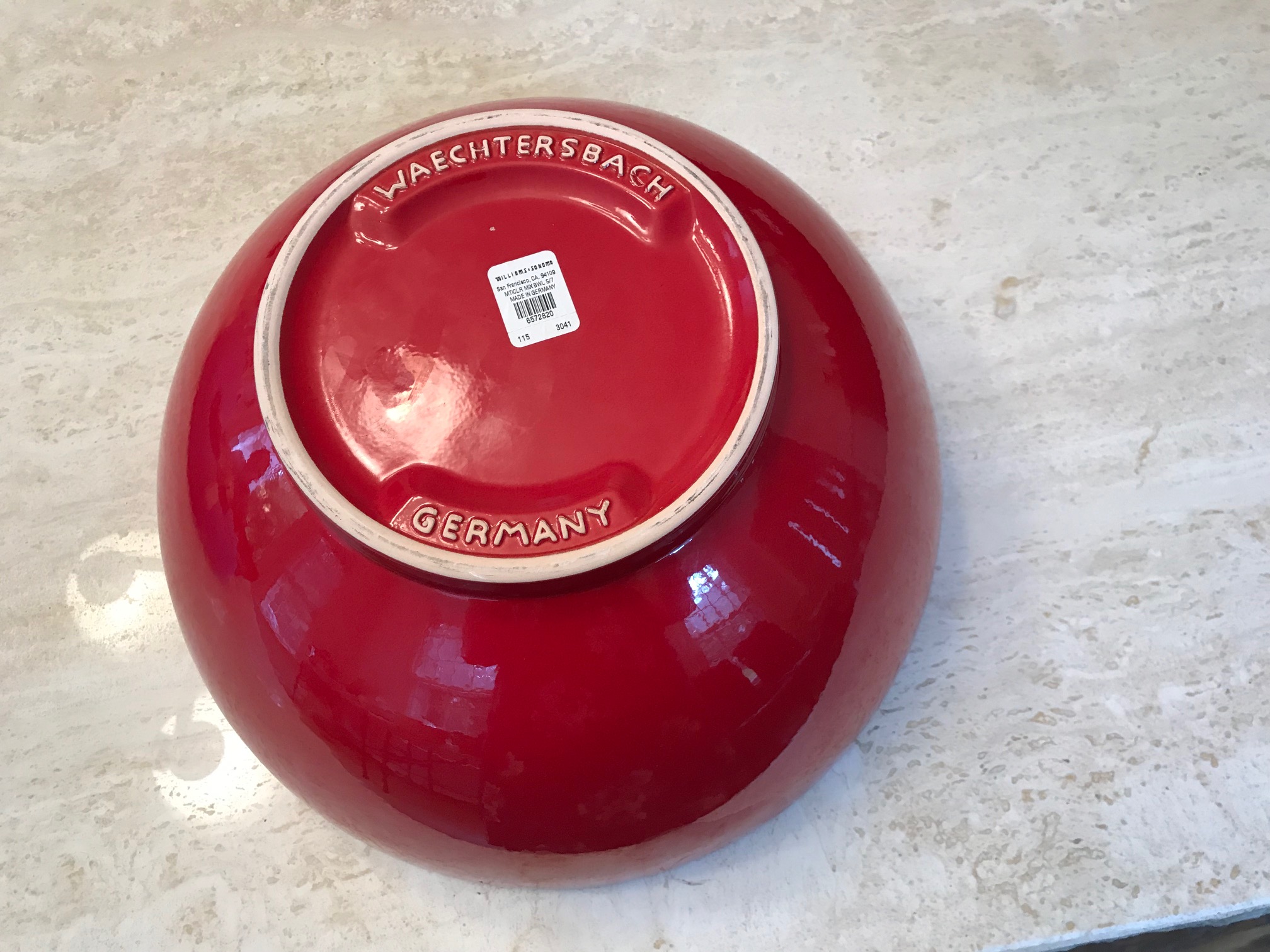
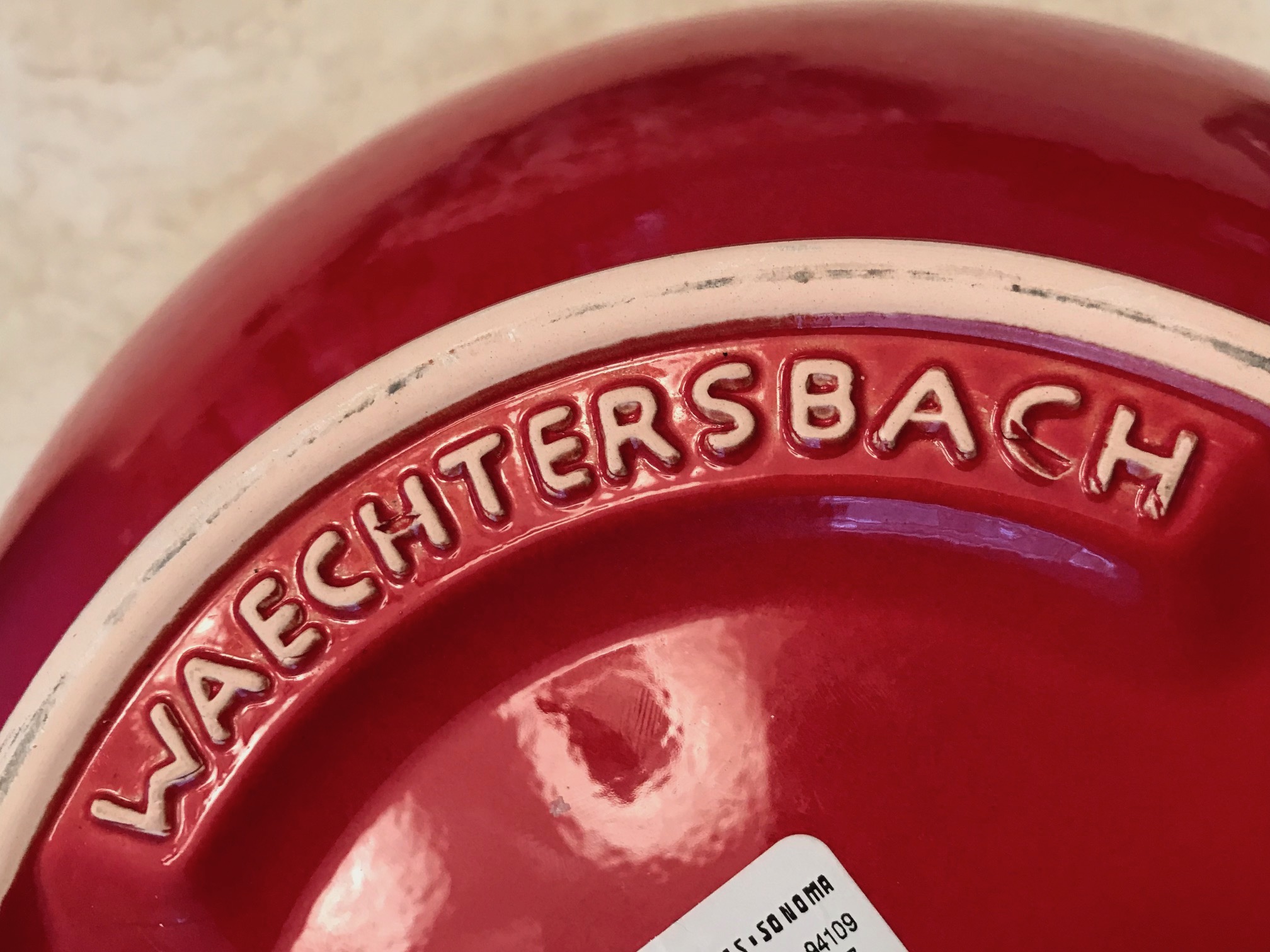
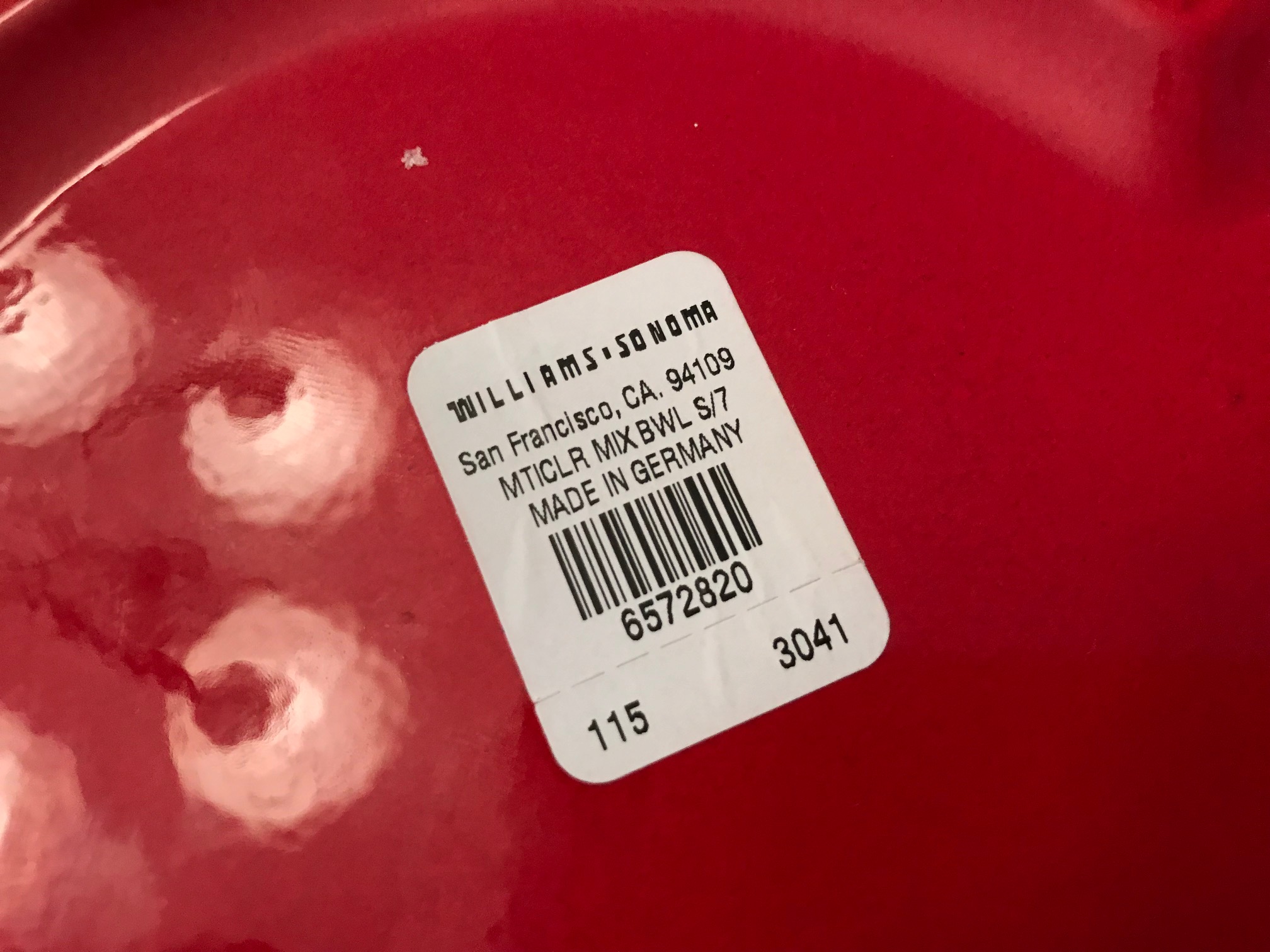
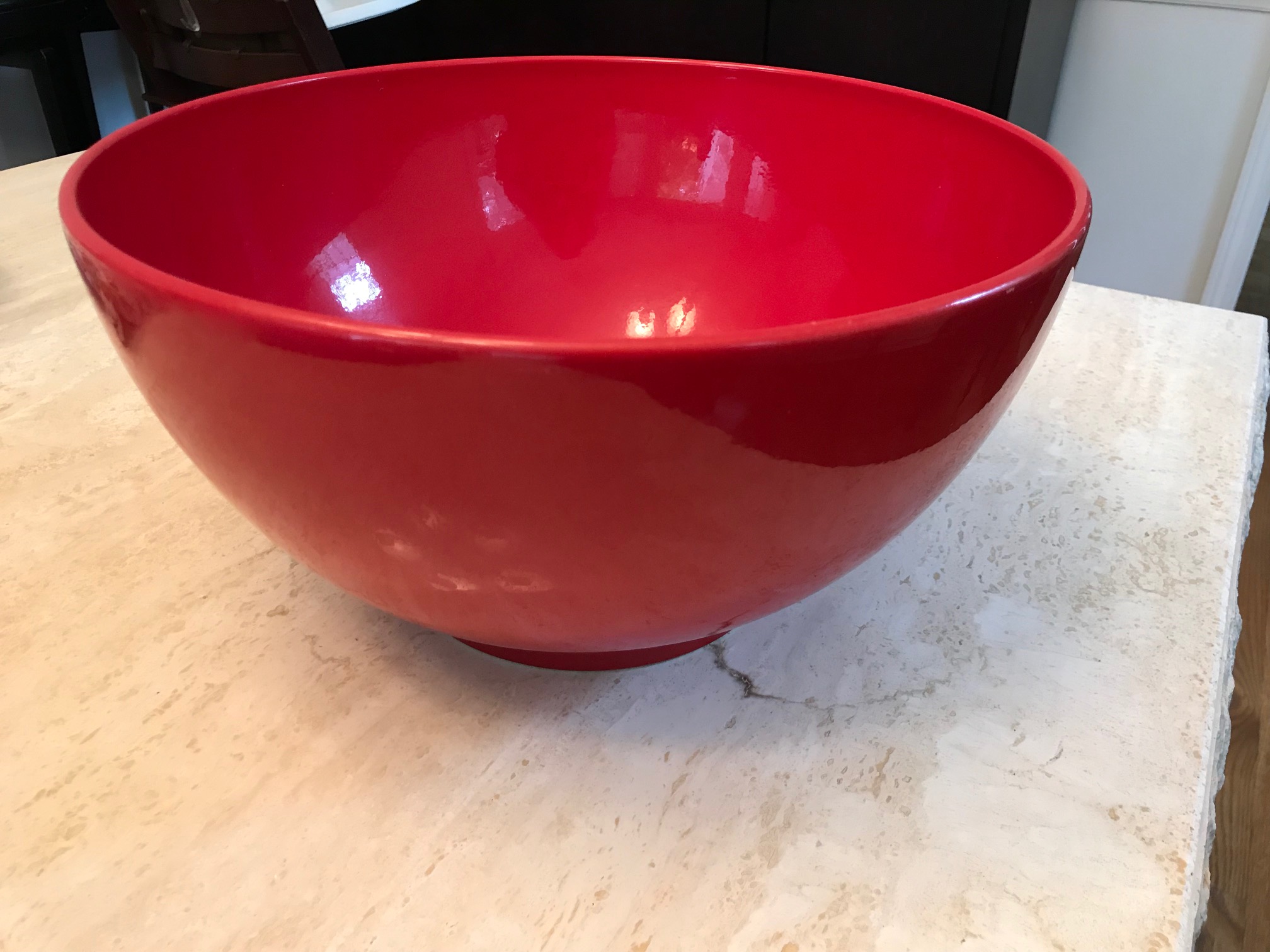
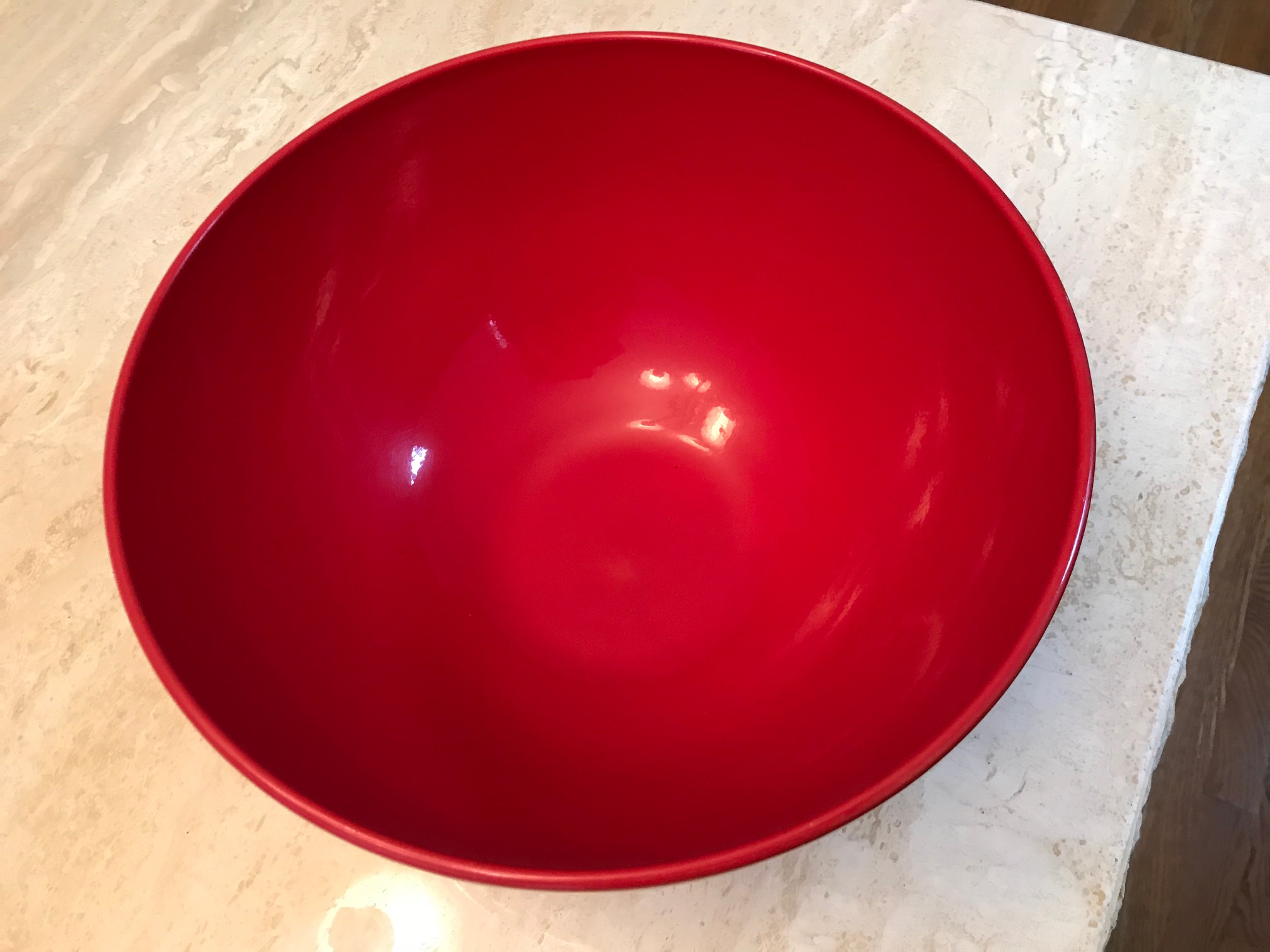

I have this bowl. The glaze is all on the outside, right?
Would just touching this bowl poison me, or touching it, then touching something else? I’m a little worried..
The only concern should be if the glaze is chipped or worn down. A lot of this site feels like fear mongering. I understand why Tamara is concerned giving what she’s dealt with in her family but probably take it with a grain of salt.
Hi Cadence – here is the response I wrote to comments like yours:
https://tamararubin.com/2020/05/i-dont-do-what-i-do-to-spread-fear-i-do-what-i-do-to-educate-so-you-can-make-informed-choices-for-your-family/
Tamara
Dec 2023
This has be so distressed. We don’t have the ability to test our own. My family has two collections of the red Christmas tree design collection dishes. Devastated to think it’s all tainted.
Their website says nothing. Have you tested that collection?
So, is the new pottery (many pottery artists livelihoods, wares and classes at stake here) clay and glazes all dangerous too?
Are laws in the works to regulate kitchen and other eating equipment?
Thanks.
I am wondering the same thing about my Waechtersbach Christmas tree items.